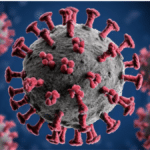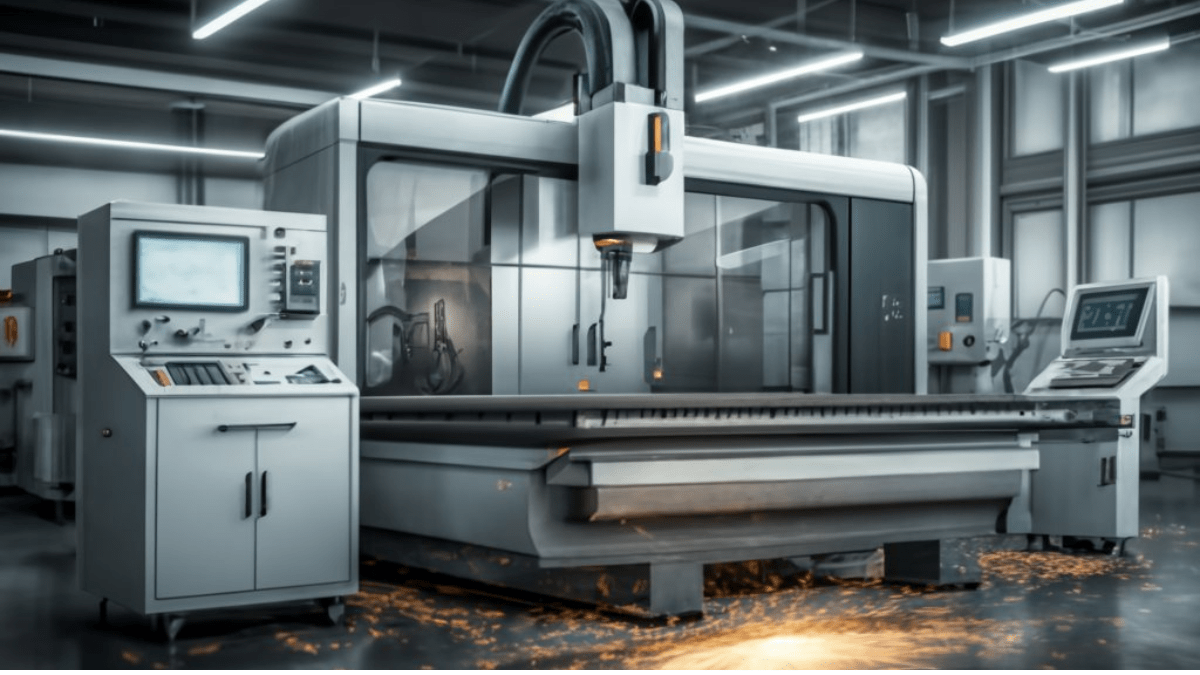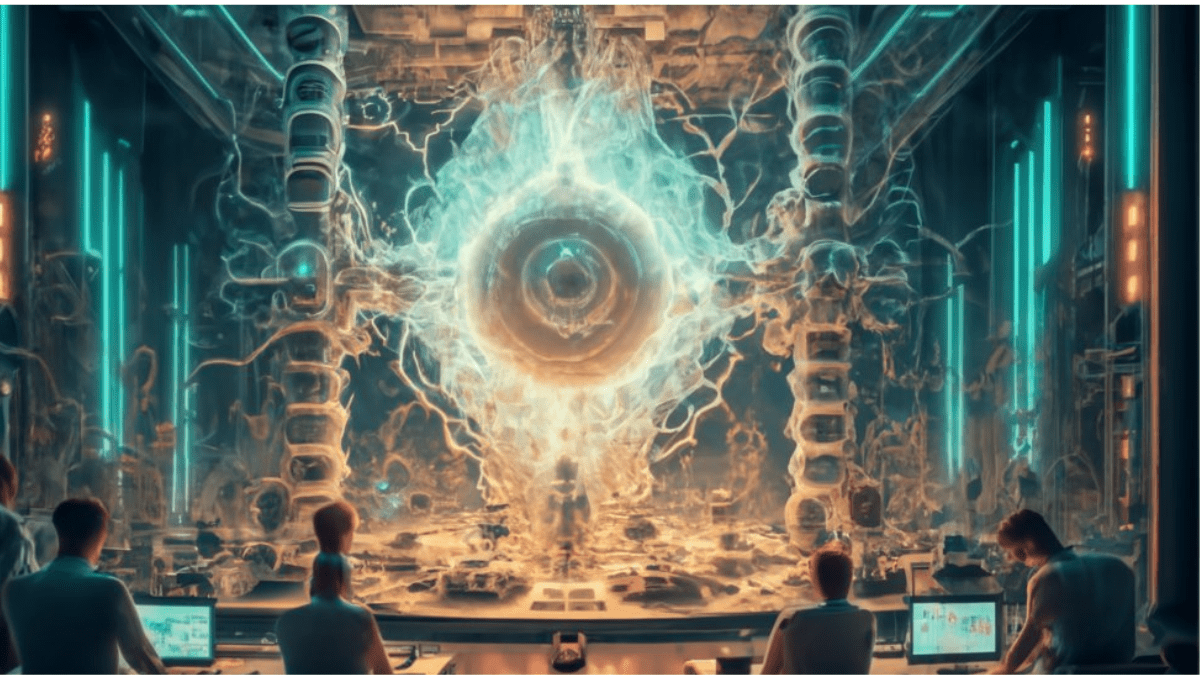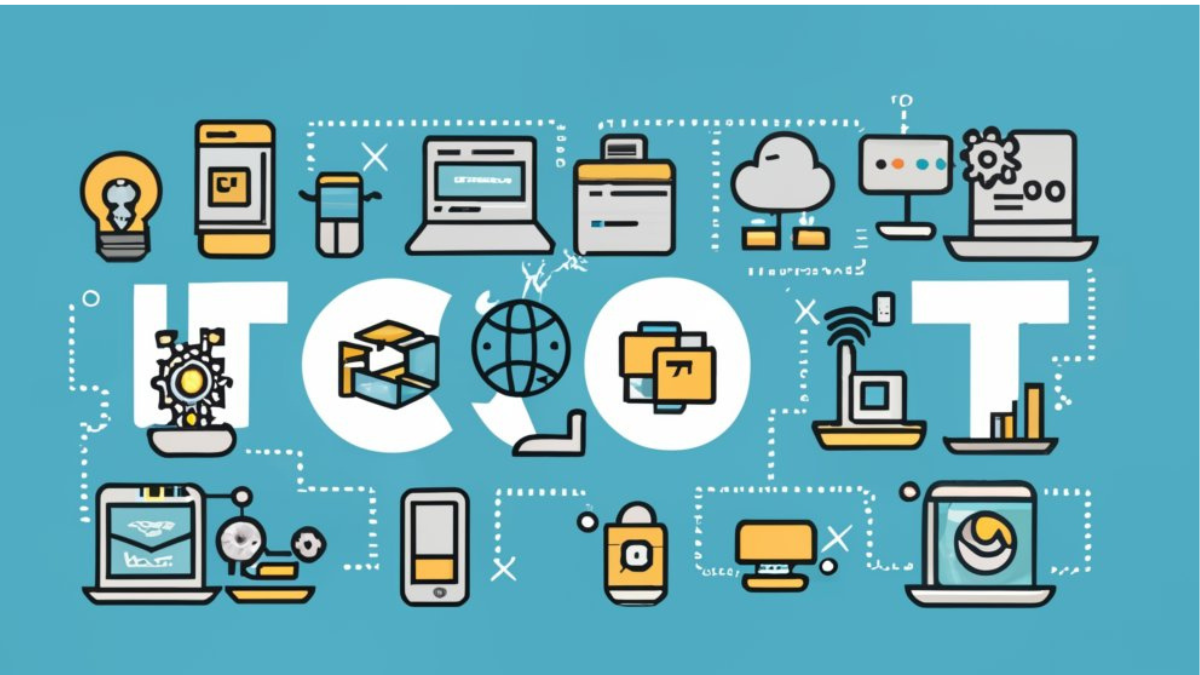In the realm of modern manufacturing, precision is paramount. From intricate components for aerospace engineering to intricate designs in artistic sculptures, achieving exact specifications requires advanced technology. Enter Computer Numerical Control (CNC), a revolutionary approach to machining that has transformed the manufacturing landscape. In this blog post, we’ll embark on a journey into the fascinating world of CNC, exploring its origins, applications, and the remarkable impact it has had on various industries.
Table of Contents
What is Computer Numerical Control ?
At its essence, Computer Numerical Control (CNC) is a manufacturing process that utilizes computerized controls and automated machinery to precisely control the movement of cutting tools and other machining operations. Unlike traditional manual machining methods, where operators manipulate tools by hand, CNC machining follows pre-programmed instructions to produce intricate and complex parts with unparalleled accuracy.
A Brief History Of Computer Numerical Control
The origins of CNC can be traced back to the mid-20th century when the aerospace and automotive industries sought more efficient and accurate methods of machining. In the 1940s and 1950s, early numerical control (NC) systems emerged, employing punched cards or magnetic tapes to control machine tools’ movements.
The true breakthrough came in the 1970s with the advent of computer technology. The integration of computers into machining processes paved the way for Computer Numerical Control systems, offering greater flexibility, precision, and automation. Since then, CNC technology has continued to evolve, with advancements in software, hardware, and machine capabilities pushing the boundaries of what’s possible in precision manufacturing.
How Computer Numerical Control Works?
The CNC machining process typically involves several key steps:
- Design: The process begins with the creation of a digital design or model using Computer-Aided Design (CAD) software. Designers specify the dimensions, tolerances, and other specifications for the part to be manufactured.
- Programming: Once the design is finalized, CNC programmers use Computer-Aided Manufacturing (CAM) software to generate toolpaths and instructions for the CNC machine. This involves specifying cutting paths, tool speeds, feed rates, and other parameters to achieve the desired outcome.
- Setup: With the program ready, the CNC machine is set up and configured for the machining operation. This may involve installing cutting tools, loading materials, and calibrating the machine’s settings.
- Machining: The CNC machine executes the programmed instructions, precisely controlling the movement of cutting tools to remove material from the workpiece. The process may involve milling, drilling, turning, or other machining operations, depending on the part’s geometry and requirements.
- Quality Control: Throughout the machining process, quality control measures are implemented to ensure the finished parts meet the specified tolerances and standards. This may involve in-process inspections, dimensional measurements, and other testing procedures.
- Finishing: After machining, the parts may undergo additional finishing operations such as deburring, polishing, or surface treatment to achieve the desired appearance and functionality.
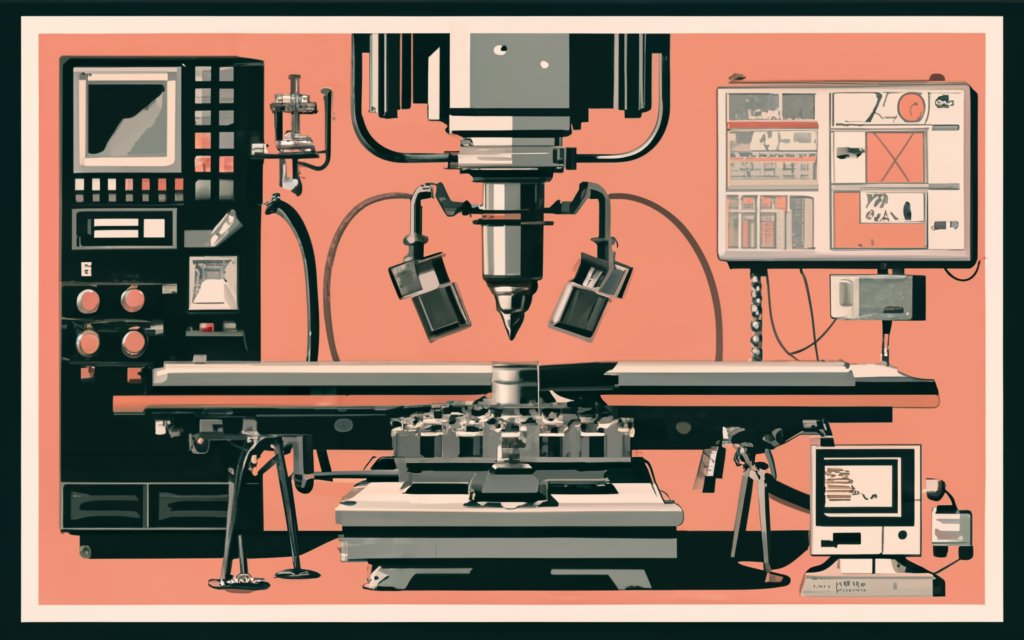
Applications of CNC: From Aerospace to Artistry
The versatility and precision of Computer Numerical Control machining make it indispensable across a wide range of industries. Some common applications include:
- Aerospace: CNC machining plays a critical role in aerospace manufacturing, where tight tolerances and complex geometries are required for aircraft components, engine parts, and structural elements.
- Automotive: In the automotive industry, Computer Numerical Control machining is used to produce engine components, transmission parts, chassis components, and other critical systems with high precision and consistency.
- Medical: CNC machining is utilized in medical device manufacturing to produce implants, surgical instruments, prosthetics, and other precision components that meet stringent regulatory requirements.
- Electronics: Electronic components such as circuit boards, connectors, and housings are often produced using CNC machining to achieve precise dimensions and tight tolerances.
- Art and Design: Beyond industrial applications, CNC machining has found its way into the realm of art and design, where it is used to create intricate sculptures, architectural models, custom furniture, and decorative objects.
Benefits of Computer Numerical Control (CNC)
The adoption of CNC machining offers several advantages over traditional manual machining methods:
- Precision: CNC machines can achieve extremely tight tolerances and produce complex geometries with consistent accuracy, ensuring high-quality parts and components.
- Efficiency: Automation of machining processes reduces the need for manual intervention, leading to faster production cycles, reduced lead times, and increased productivity.
- Flexibility: CNC machines can be easily reprogrammed to produce different parts, allowing manufacturers to quickly adapt to changing production requirements and customer demands.
- Cost-Effectiveness: While initial investment costs may be higher, CNC machining offers long-term cost savings through reduced scrap, improved efficiency, and higher throughput.
- Quality Control: The digital nature of CNC machining allows for real-time monitoring and control of machining parameters, enabling rigorous quality control measures to be implemented throughout the production process.
Challenges and Future Trends: Embracing Innovation
Despite its many benefits, CNC machining also presents challenges, such as the need for skilled operators, the complexity of programming, and the cost of equipment and maintenance. However, ongoing advancements in technology, such as the integration of artificial intelligence, machine learning, and additive manufacturing, promise to address these challenges and unlock new possibilities in precision manufacturing.
As we look to the future, the continued evolution of CNC machining holds tremendous potential for driving innovation, enhancing product quality, and revolutionizing manufacturing processes across industries. By embracing technological advancements, investing in workforce development, and fostering collaboration between industry stakeholders, we can harness the full potential of CNC machining to shape a more efficient, sustainable, and prosperous future.



